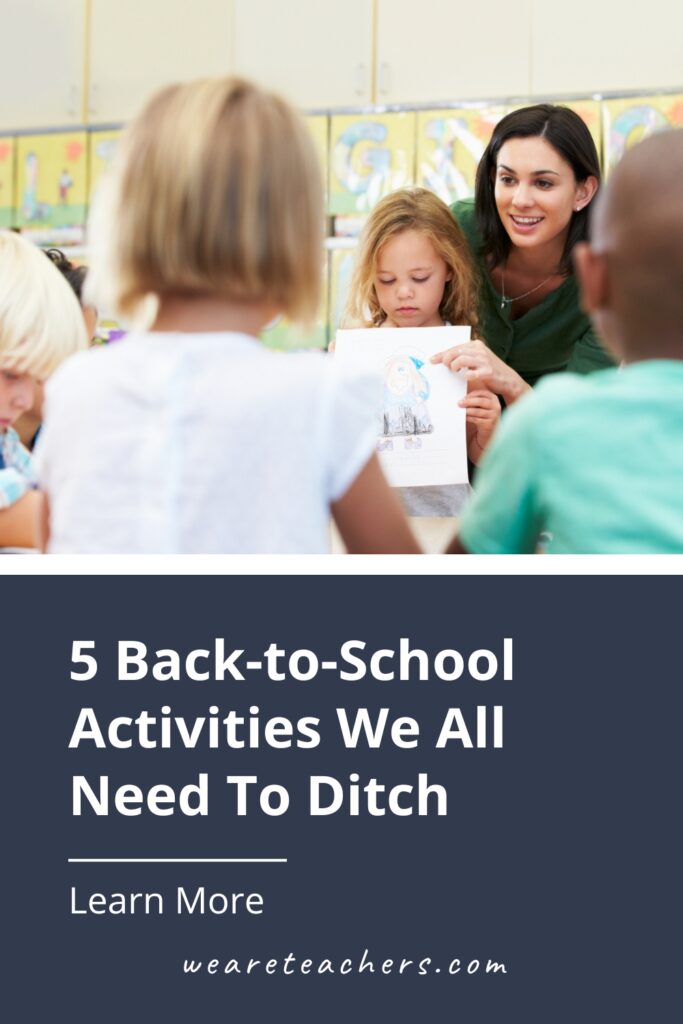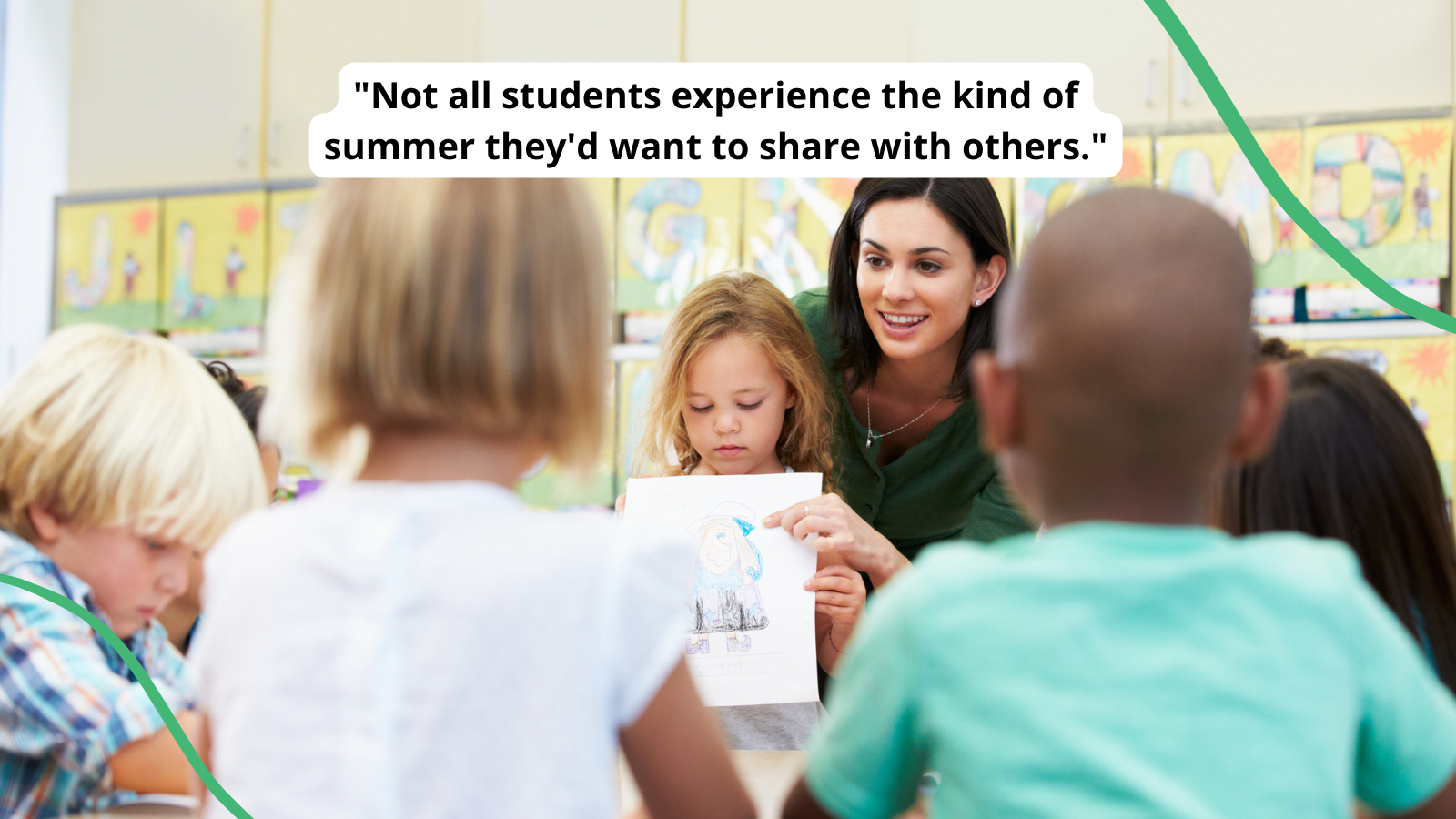The shelves are stocked with shiny new supplies. Excitement and energy buzz in the air. It’s August, and the back-to-school energy is all around. As summer winds down, we are beginning to think about our new school year, our new students, and new back-to-school activities.
While we all have our favorites (i.e., the one we loved as a child, the one we do every year), it’s possible we may need to start to rethink some of these activities. Many of the traditional back-to-school activities fail to keep in mind the wide diversity of student backgrounds and experiences, including trauma-informed practices. Let’s examine five traditional back-to-school activities and why they may be problematic.
1. Draw/write about your family
This topic may be difficult for students who come from an unstable or traumatic home environment. It can also be challenging for students who may have lost a family member or who have an incarcerated family member. Instead, consider asking students to draw/write/describe one person they look up to and why.
2. Two truths and a lie
While many teachers and students may find making up a lie to see if they can trick their classmates fun, this activity can be triggering for individuals who have experienced past trauma. Encouraging students to lie isn’t a good way to establish trust and build rapport at the beginning of the school year. Instead, you might invite students to share a fun fact about themselves or a favorite hobby. We love this Twitter user’s icebreaker:
3. Origin of your name
We use our students’ names every day, so sometimes it’s interesting to ask them how they got their names. However, this activity may be uncomfortable for some students for a variety of reasons. Some students may have been named after a loved one who has passed away. Some students may have been named after someone who hurt or abused them. Other students may not like or identify with their given name if they are transgender, non-binary, or grappling with their gender identity.
Alternatively, you could ask students to invent a new name for themselves using Latin or Greek roots on a handout you provide, or have them create a vanity license plate using a combination of seven letters and numbers.
4. “What did you do this summer?”
Teachers often choose this activity to learn about students through what they share about their hobbies, interests, and home lives. However, not all students experience an enjoyable summer. Some students may have lost a parent or caregiver. Other students may have spent their summers in cooling shelters if they do not have access to air-conditioning and safe temperatures at home. Your students may have experienced trauma inside their homes or away from them. Some may have lived through a natural disaster (wildfires, hurricanes, tornadoes, etc.). Others may have spent time in the hospital due to physical and/or mental health challenges.
Instead, consider asking, “What are you looking forward to this school year?”
5. Sharing a baby picture
We may love seeing photos of our students as babies, noting how much they’ve changed and grown. However, not all students have a baby picture to share. Students who were adopted or who are in foster care may not have access to baby photos. Some students may have experienced a traumatic entry into the world, either requiring care in the NICU, emergency surgery, or other emergency medical procedures. As an alternative, you could invite students to share their favorite picture of themselves.
There are so many amazing back-to-school activities (we love these for talking about first-day jitters). It is crucial that we think of ALL of the students we teach and approach back-to-school activities through a trauma-informed lens so that we set a foundation of trust, security, and a brave space to learn for the rest of the year!
What’s your favorite way to get to know your students? Let us know in the comments!
Plus, for more articles like this, be sure to subscribe to our newsletters.


